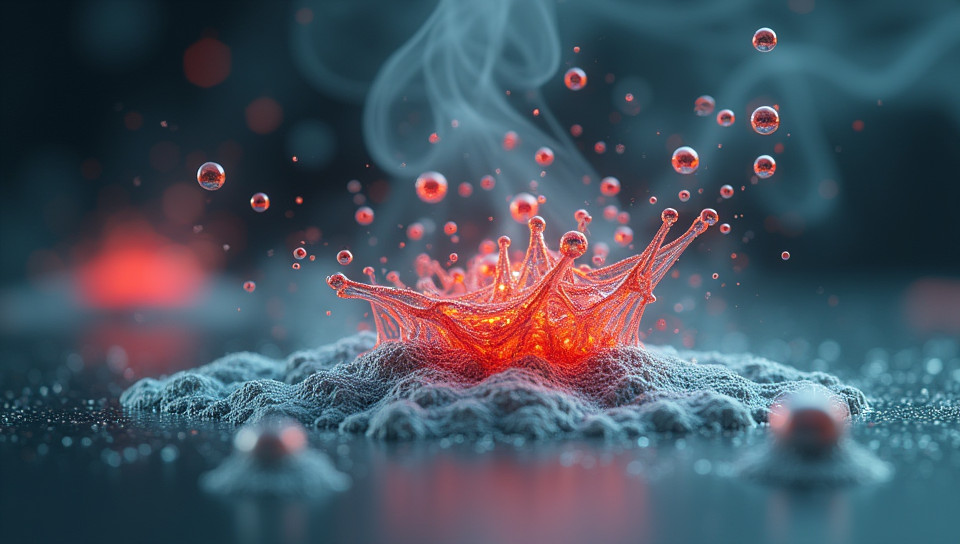Hazardous materials can be released during the 3D printing process 72%

The Hidden Dangers of 3D Printing
As 3D printing technology continues to advance and become more accessible, it's hard not to get excited about the endless possibilities it offers. From creating prototypes for innovative products to bringing artistic visions to life, 3D printing has revolutionized various industries and transformed the way we think about manufacturing. However, beneath its fascinating surface lies a concerning reality: hazardous materials can be released during the 3D printing process.
The Risks Involved
The 3D printing process involves melting and fusing materials together to create a physical object from a digital design. This process can release volatile organic compounds (VOCs), particulate matter, and other harmful substances into the air. Some of the most common hazardous materials released during 3D printing include:
- Carbon monoxide
- Formaldehyde
- Acetone
- Polycyclic aromatic hydrocarbons (PAHs)
- Particulate matter (PM2.5)
The Impact on Human Health and Environment
Exposure to these hazardous materials can have severe consequences for human health and the environment. Prolonged inhalation of VOCs, such as formaldehyde and acetone, can cause respiratory problems, headaches, and even cancer. Particulate matter (PM2.5) has been linked to cardiovascular disease, lung cancer, and other serious health issues.
Furthermore, the environmental impact of 3D printing cannot be ignored. The release of PAHs, for example, can contaminate soil and water sources, posing a significant threat to ecosystems and biodiversity.
Mitigating the Risks
While it's essential to acknowledge the risks involved in 3D printing, there are steps we can take to minimize them:
- Improve ventilation systems in 3D printing facilities
- Use safer materials and filaments
- Follow manufacturer guidelines for 3D printing equipment
- Regularly clean and maintain 3D printing machines
Conclusion
As the popularity of 3D printing continues to grow, it's crucial that we prioritize safety and take proactive measures to mitigate the risks associated with this technology. By acknowledging the hazardous materials released during the 3D printing process and taking steps to minimize their impact, we can ensure a safer working environment for professionals and hobbyists alike. As we continue to push the boundaries of innovation and creativity, let's not forget that responsible practices must accompany our progress.
- Created by: Victoria Ramírez
- Created at: Aug. 11, 2024, 10:07 p.m.
- ID: 6827






